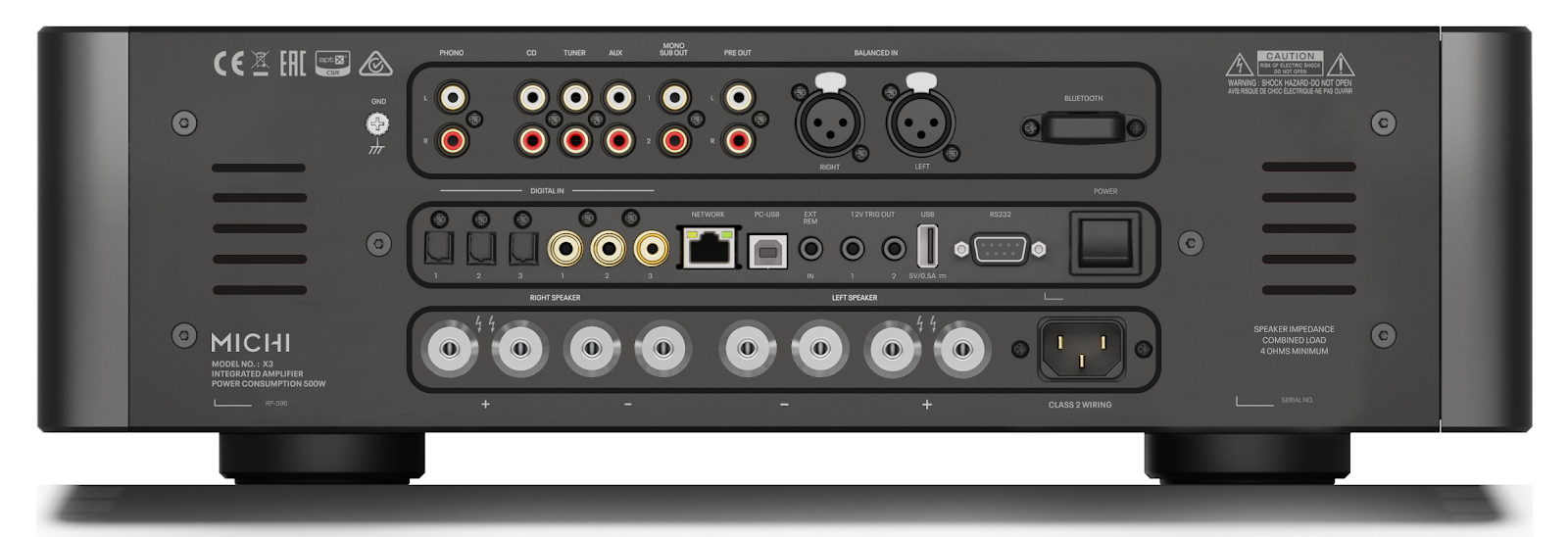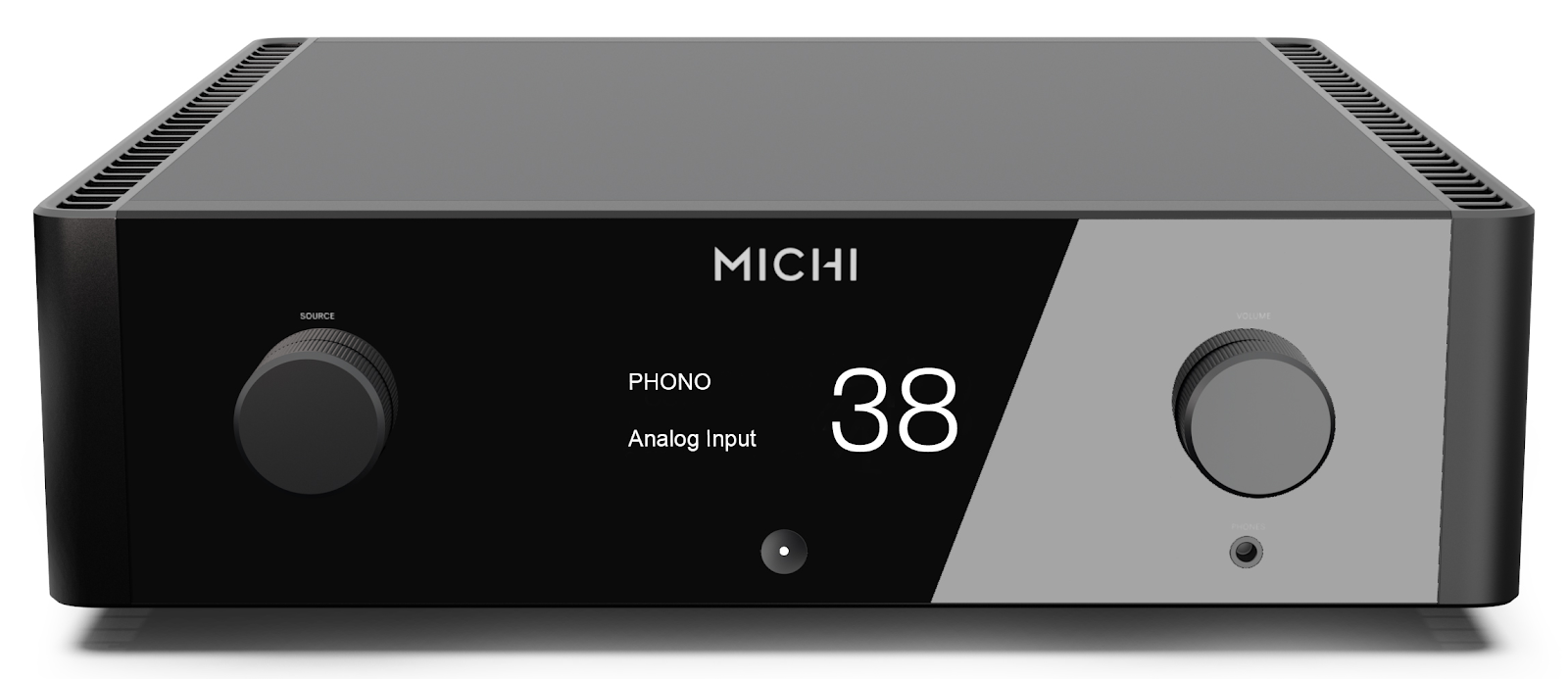Rotel Michi X3 Review
The appeal of music, played through a stereo setup, with a pair of good speakers, be it floorstanders or bookshelves with a good source and a solid amplifier, is a nice experience that does not get as much exposure these days with the draw of home theatre. It takes some time to wind down, sit down with a good book or drink, turn the lights down a little and play something that will keep you happy for hours.
There has always been a stereo amplifier in my setup, and the day it came to replace the Marantz PM 11S3, which I have been keeping for quite a while, I was at a loss, it was almost like losing a family member. It was also the last of the Reference amplifiers with an analogue power source, and one that had the feedback of their guru, Mr Ken Ishiwata. (https://peteswrite.blogspot.com/2014/04/marantz-pm11s3-review.html)
In my journeys, I have reviewed quite a few amps as replacements, and I had to be particular, as the Dynaudio Confidence Platinum C1 that I use them with do appreciate a good amp.
In the course of my search, I have auditioned a few fine amplifiers from Cambridge Audio (https://peteswrite.blogspot.com/2021/01/cambridge-audio-edge-nq-and-w-review.html)
I even tried the Hegel H390 in passing, a nice piece of gear too. And I even had the Rotel Michi pre and power amp combination too, amongst others.
When I finally bid farewell to the Marantz, I recall the experience I had with the Michi combination, and whilst it was too gargantuan for my needs, the sonic signature was appealing.
So I went back to the distributors of Rotel, and they were kind enough to lend me one for a demo, so within a day or two, the man arrived at my place with the amp. Whilst this was the baby of the series, it weighed almost 30kg, so the man was huffing and puffing up the stairs to my den, and whilst he tried to smile, I could see the strain as he made his way up. Be forewarned, if you are getting the Michi amps, get help or risk breaking your back.
For the technical details:
Key highlights:
- 200W into 8 ohms, 350W into ohms
- internal AKM 4495 DAC, with three optical and three coaxial inputs
- aptX Bluetooth and a USB-B port
- XLR balanced inputs plus three other analogue inputs
- toroidal transformer
- fixed input for HT bypass
- MM phono stage
- built in screen with spectrum analyser
- 12V trigger
It took me less than 5 mins to get setup and even without the manual, you can go into the manual and work out how to get some of the more intricate settings. You can tweak finer details when you wish.
So how does it sound?
Firstly, there is a real solid, deep wall of bass. It is tight, yet, very meaty. Then once your jaw comes up again, your jaw will drop again when you play something with a good mid or voice. The smooth, velvety style make this amp very listening for hours. You may think it means that it has no detail, but that's not the case, it is highly musical, yet, very listenable without being fatiguing.
Do give it a hours to run in, even for my demo set, it still makes a difference, and the mids get fuller, with a soundstage that's both wide and deep. The singer is easily isolated, sitting in the middle, some ways back and the instruments are easily identifiable.
Rhythm is good, with a good sonic picture, that works for all kinds of music. With the power, it can handle almost any speaker, and it controlled my 4 ohm Dynaudios well, with a wonderful partnership, These two made a wonderful combination that seemed made in heaven. My listening session was supposed to be an hour initially, but hours past midnight, I was still at it, throwing all kinds of tracks at it with glee.
The analogue stage is the main draw, but the DAC isn't shabby. However I did like the DAC in my Marantz SA30N. Speaking of that, the sonic signature seems similar to the Marantz and for once, I did not miss the old PM 11.
In comparison to the Cambridge Audio Edge series, that series tends to eke out every ounce of detail, but while that may impress initially, some may prefer a sound that they can listen for longer and I prefer this smooth more warm and musical experience.
As for the comparison to it's bigger brothers, I did not miss the extra power in my smaller setting. Maybe it will be useful if I was using the C2 or larger speakers.
The sound is both forgiving of the quality of the recording, yet is able to showcase details and soundstage with whatever you throw at it.
It is also easy to use, with enough features to impress.
Any negatives?
Well I did wish there was a streamer function or at last Airplay like the Hegel. There are a pair of 12V triggers, but no input. And I wish for more analogue inputs.
Well I did wish there was a streamer function or at last Airplay like the Hegel. There are a pair of 12V triggers, but no input. And I wish for more analogue inputs.
It is not cheap, but you do get what you pay for it.
Me, I can stop feeling sorry I sold the PM 11, and I have already put money down for the Rotel. Enough said.
I have no financial interest or other interests in any of the items / events I write about.






Comments
Post a Comment